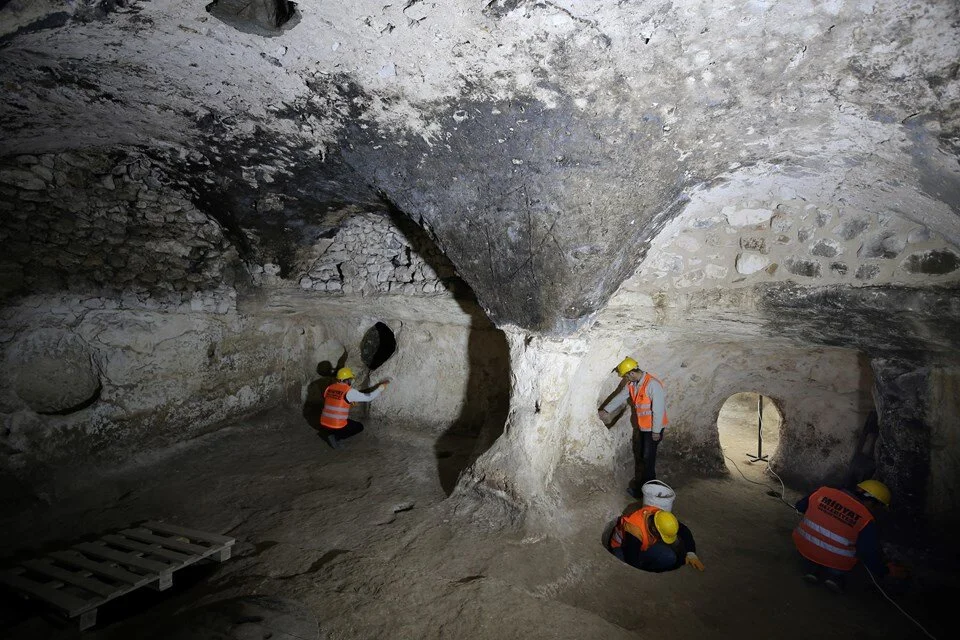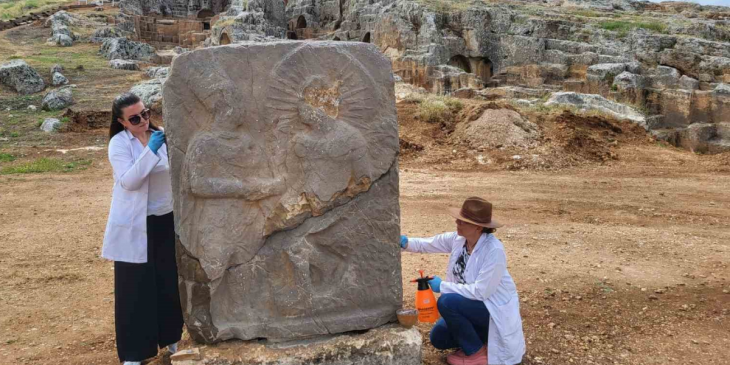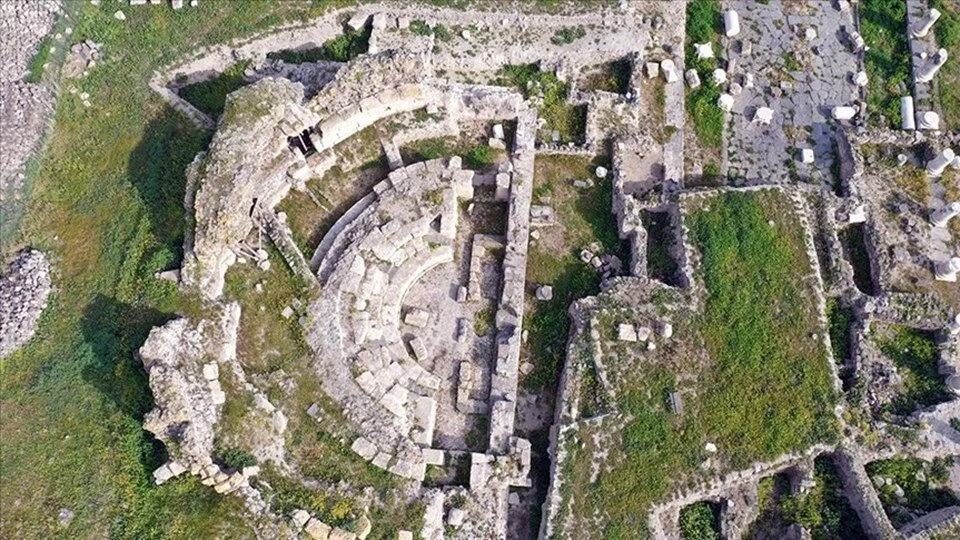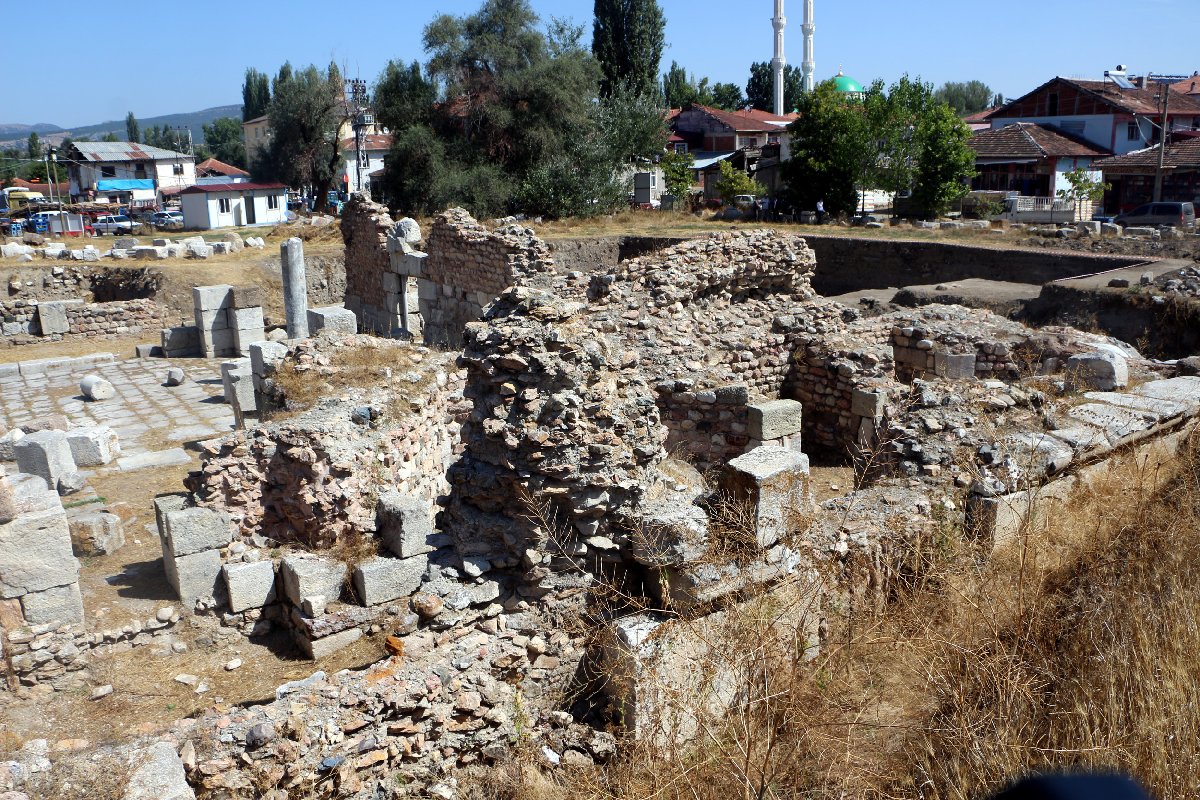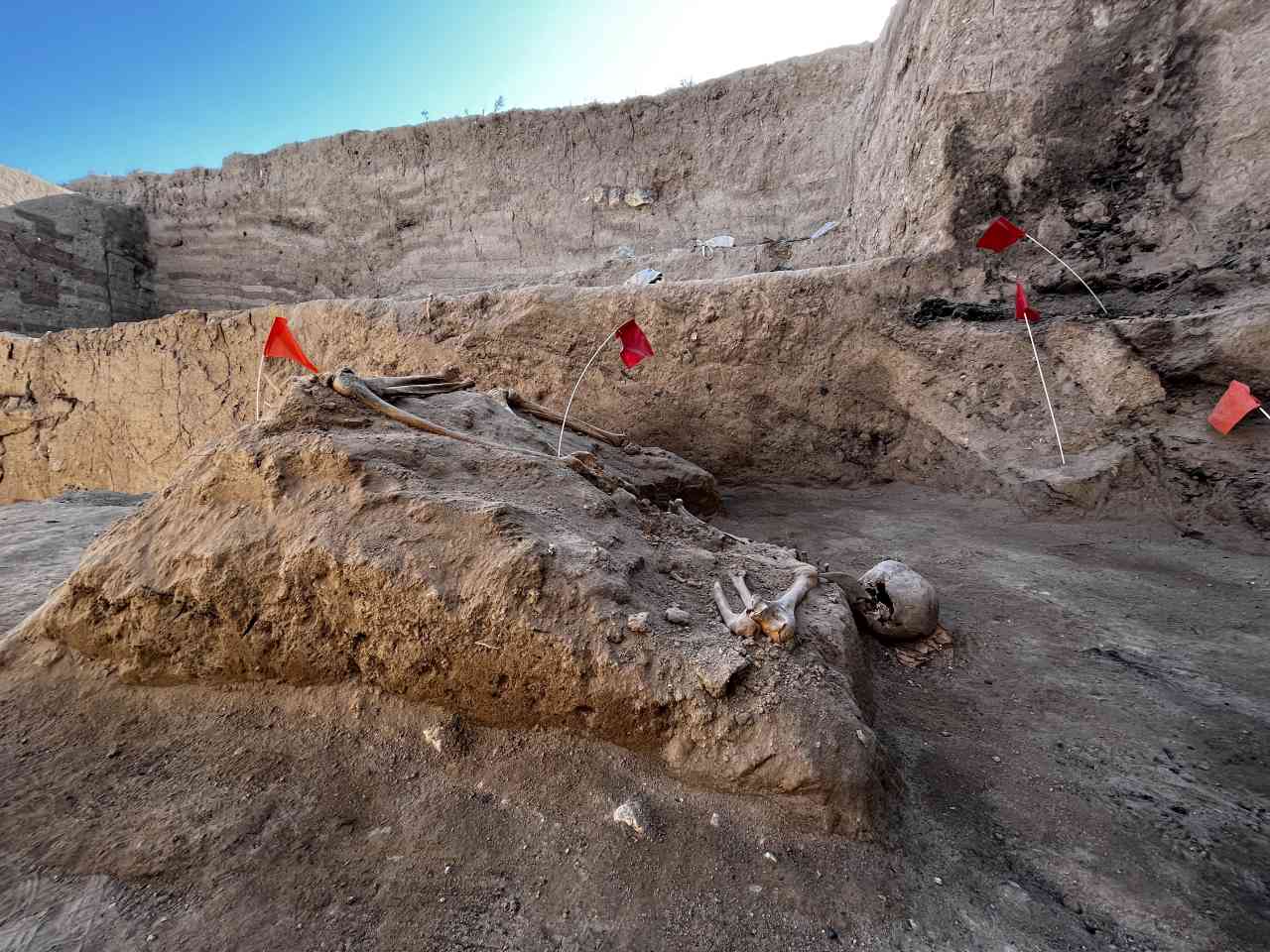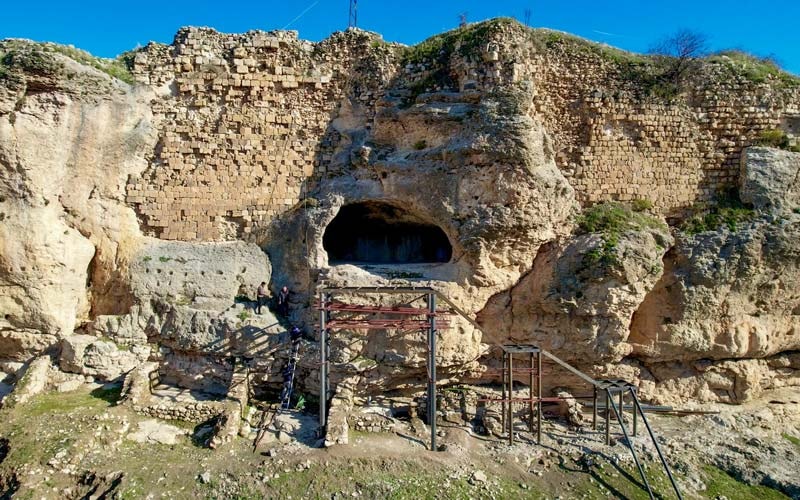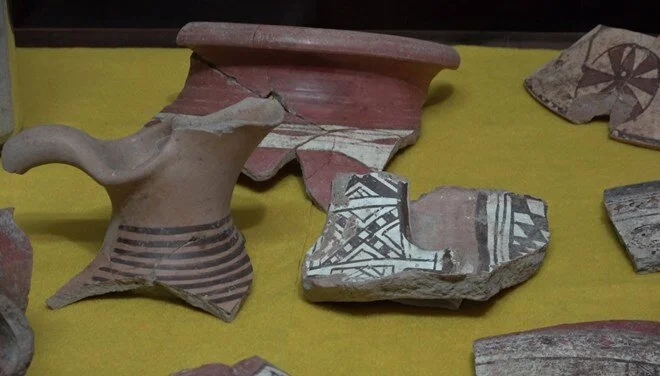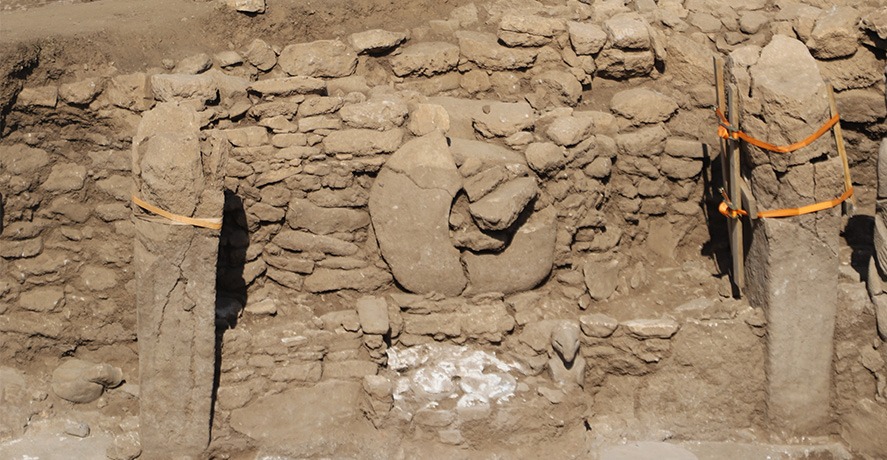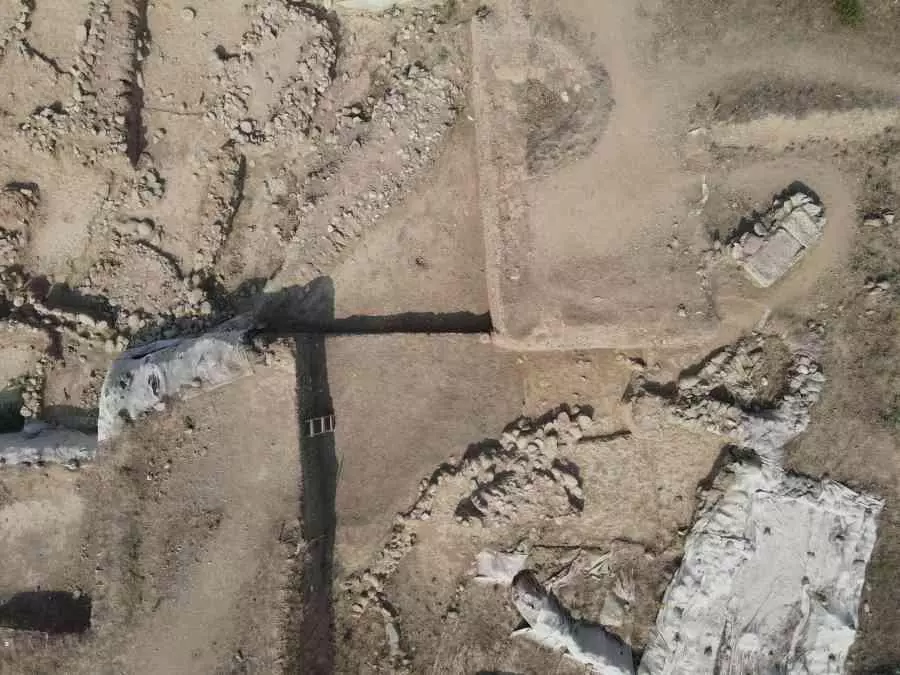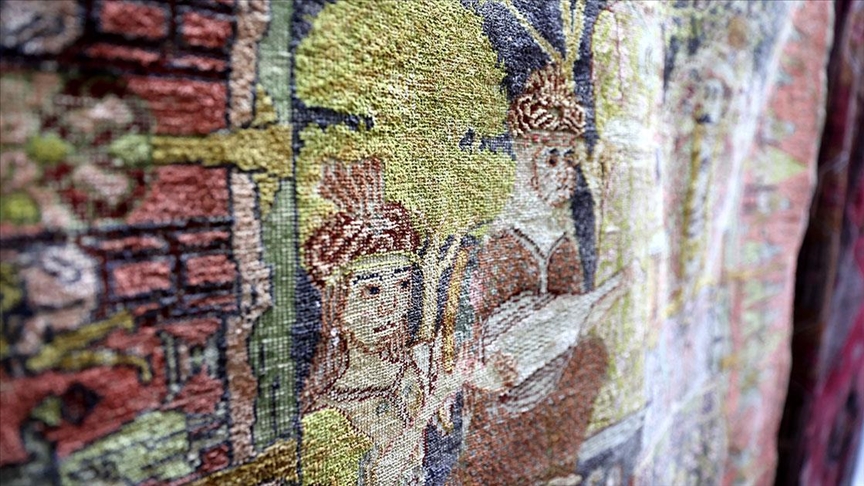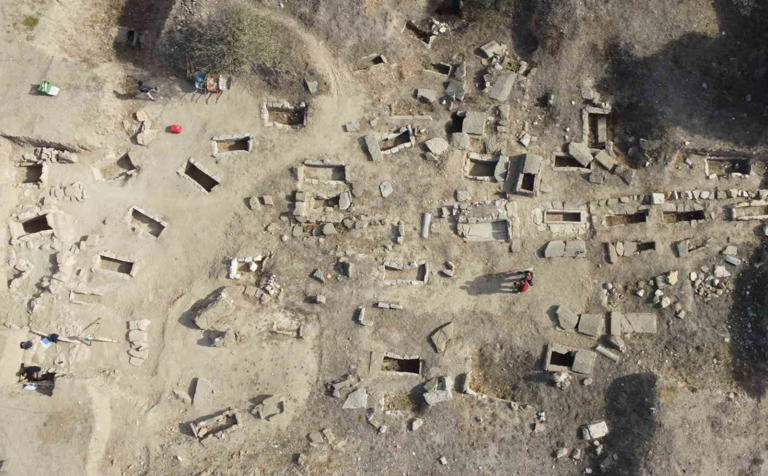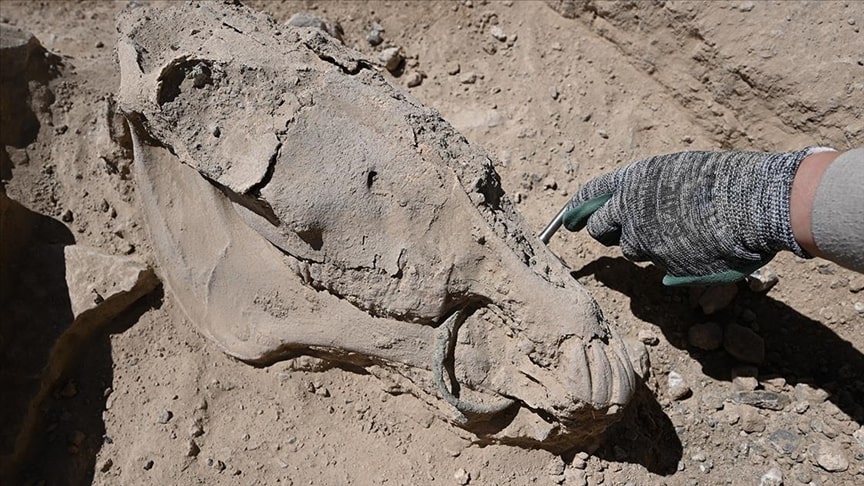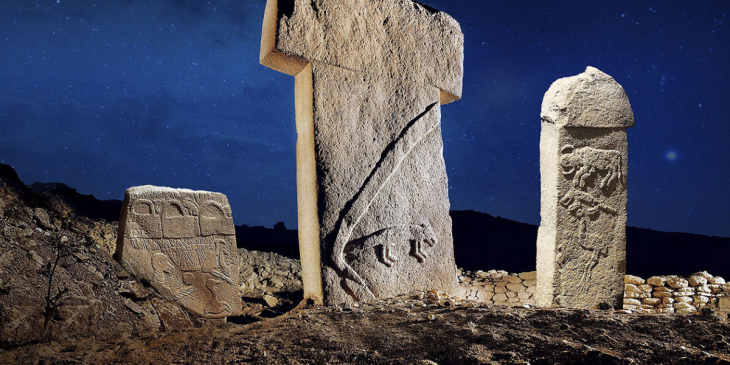Efforts are underway to open the 5,000-year-old underground city of Matiate, located in the Midyat district of the Mardin province in southeastern Turkey, to visitors.
Excavations began in 2000 in the underground city of Matiate, which includes a place of worship, silos, water wells, shelter, wine house, workshops, cisterns and burial grounds, as well as passageways with passageways.
During the excavations, oil lamps, spindle whorls, a hand mill, stone and glass beads, stone artifacts, bronze coins and jewelry, terracotta tools, as well as bones belonging to humans and different animals dating back to different periods were found.
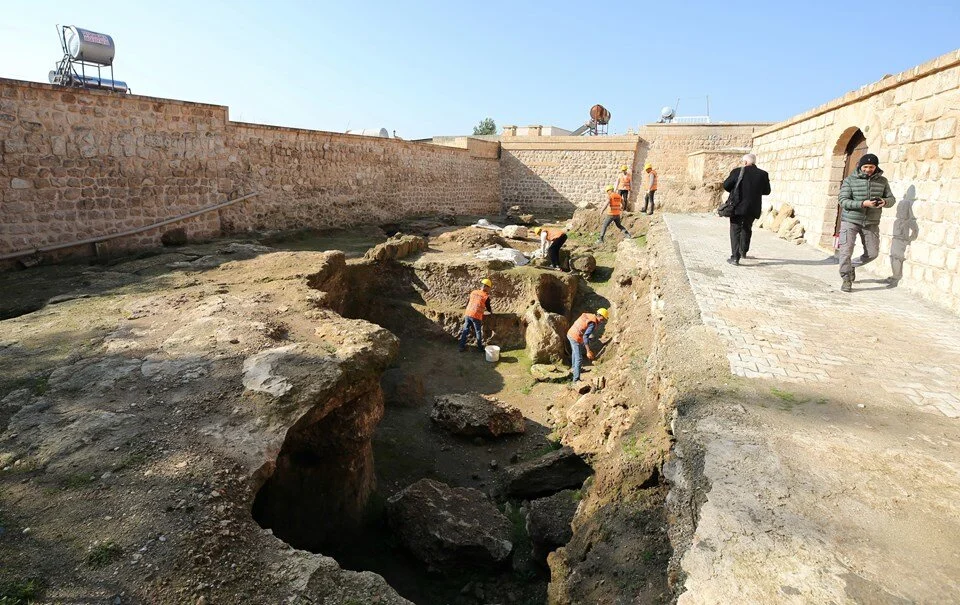
The city with its excellent ventilation system is built on an area of about 200 acres. Experts say Matiate is a place where 50,000 people can live indoors for years.
The caves and tunnels in the underground city were built in the Early Christian period.
These caves and tunnels became a sheltered area against the massacres of the pagan Roman administration, especially the Roman Emperor Diocletianus, against the first Christians in and around Midyat.
Midyat Mayor Veysi Şahin told Anadolu Agency (AA) that work is underway to uncover a historical underground city in Midyat, a multicultural city where Turks, Kurds, Arabs, Muslims, Assyrians and Yazidis have lived together for centuries.
Life in the underground city of Matiate begins in the 3rd millennium BC
Gani Tarkan, head of excavations in the Matiate underground city, said that work continues in the southern parts of the settlement,
“This season, a workshop and a cave area were identified. We see that it was expanded by taking stones from the cave. According to the stones taken, a house dated to the early 20th century was built just above the cave. We are currently in the upper layer in the excavation area. There is fill soil that has not been removed. We estimate that there will be places under the filling soil that will provide the passage to other places.”

Tarkan said that the underground city consists of an area of approximately 40 hectares and that 6-7 percent of it has been uncovered so far.
“Settlement started in the 3rd millennium BC in the underground city of Matiate. It starts in the Bronze Age and continues uninterruptedly. There are also many finds from the Roman period. Intensive ceramic finds such as coins, oil lamps, water flasks, glass bracelets and daily use items were found. In addition, we found a large number of medieval ceramics. We also found ceramics dating back to the Bronze Age, but these are in the local area. However, we encounter finds from the Middle Ages and Roman period throughout the excavation area. It is a 5 thousand year old city, and excavations will continue in stages. Our goal is to reveal the entire underground city and open it to tourists in stages.”

